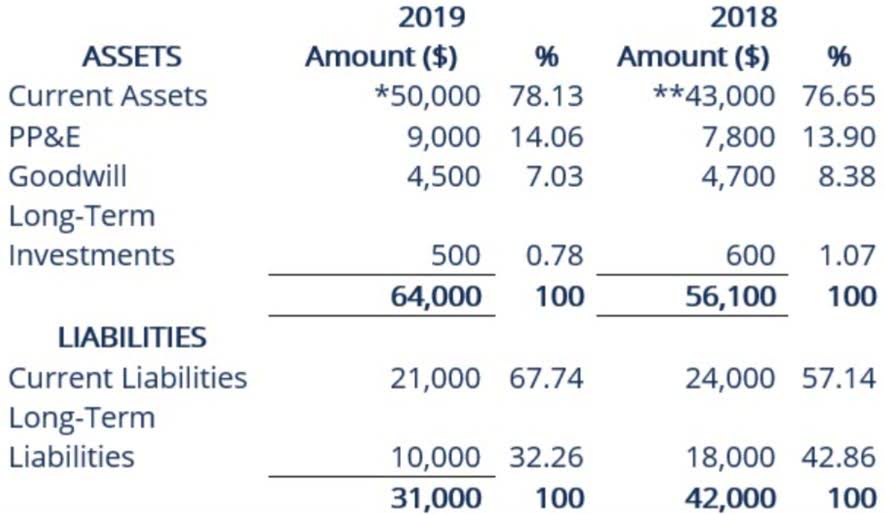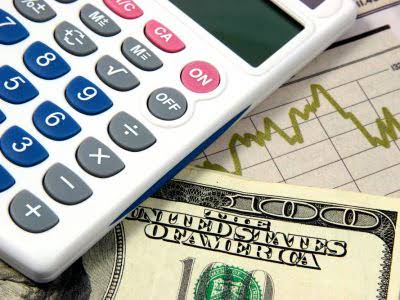
Be careful not to consider a similar asset’s asking price since, in most used-asset markets, things will sell below their asking price. Starting from the original cost of purchase, we must deduct the product of the annual depreciation expense and the number of years. The Salvage Value is the residual value of a fixed asset at the end of its useful life assumption, after accounting for total depreciation. First, companies can take a percentage of the original cost as the salvage value. Third, companies can use historical data and comparables to https://www.instagram.com/bookstime_inc determine a value. To appropriately depreciate these assets, the company would depreciate the net of the cost and salvage value over the useful life of the assets.

Units of Production Depreciation Method
Companies take into consideration the matching principle when making assumptions for asset depreciation and salvage value. The matching principle is an accrual accounting concept that requires a company to recognize expense in the same period as the related revenues are earned. If a company expects that an asset will contribute to revenue for a long period of time, it will have a long, useful life. A third consideration when valuing a firm’s assets is the liquidation value. Liquidation value is the total worth of a company’s physical assets if it were to go out of business and the assets sold. The liquidation value is the value of a company’s real estate, fixtures, equipment, and inventory.
Example of Asset Salvage Value
- An asset’s depreciable amount is its total accumulated depreciation after all depreciation expense has been recorded, which is also the result of historical cost minus salvage value.
- To appropriately depreciate these assets, the company would depreciate the net of the cost and salvage value over the useful life of the assets.
- Or, if they want to show more expenses early on, they might use a method that makes the item lose more value at the beginning (accelerated depreciation).
- In order words, the salvage value is the remaining value of a fixed asset at the end of its useful life.
- It’s the estimated value of something, like a machine or a vehicle, when it’s all worn out and ready to be sold.
- Though residual value is an important part in preparing a company’s financial statements, residual value is often not directly shown on the reports.
How much the desk is worth at the end of seven years (its fair market value as determined by agreement or appraisal) is its residual value, also known as salvage value. This information is helpful to management to know how much cash flow it may receive if it were to sell the desk at the end of its useful life. If you lease a car for three years, its residual value is how much it is worth after three years. The residual value is determined by the bank that issues the lease, and it is based on past models and future predictions. Along with interest rate and tax, the residual value is an important factor in determining the car’s monthly lease payments.
Depreciation Rate:
A salvage value of zero is reasonable since it is assumed that the asset will no longer be useful at the point when the depreciation expense ends. https://www.bookstime.com/bookkeeping-services/indianapolis Even if the company receives a small amount, it may be offset by costs of removing and disposing of the asset. If the asset is sold for less than its book value then the difference in cost will be recorded as the loss of the tax values.

Under most methods, you need to know an asset’s salvage value to calculate depreciation. If a company wants to front-load depreciation expenses, it can use an accelerated depreciation method that deducts more depreciation expenses upfront. Many companies use a salvage value of $0 because they believe that an asset’s utilization has fully matched its expense recognition with revenues over its useful life.
- There are six years remaining in the car’s total useful life, thus the estimated price of the car should be around $60,000.
- He is a CFA charterholder as well as holding FINRA Series 7, 55 & 63 licenses.
- It exhibits the value the company expects from selling the asset at the end of its useful life.
- If we imagine that this value would be nil, there would be no chance of any reduction in depreciation.
- Depreciation measures an asset’s gradual loss of value over its useful life, measuring how much of the asset’s initial value has eroded over time.
- An example of this is the difference between the initial purchase price of a brand new business vehicle versus the amount it sells for scrap metal after being totaled or driven 100,000 miles.
Once you know the salvage value, you may go ahead to calculate depreciation. In such cases, the insurance company decides if they should write off a damaged car considering it a complete loss, or furnishing an amount required for repairing the damaged parts. So, in such a case, the insurance company finally decides to pay for the salvage value of the vehicle rather than fixing it. We can also define the salvage value as the amount that an asset is estimated to be worth at the end of its useful life. You want your accounting records to reflect the true status of your business’s finances, so don’t wait until salvage value formula tax season to start thinking about depreciation. You can still calculate depreciation without a salvage value; just put a $0 in any place where you need to enter a salvage value.


GAAP says to include sales tax and installation fees in an asset’s purchase price. Once you’ve determined the asset’s salvage value, you’re ready to calculate depreciation. It can be calculated if we can determine the depreciation rate and the useful life. For tax purposes, the depreciation is calculated in the US by assuming the scrap value as zero.
